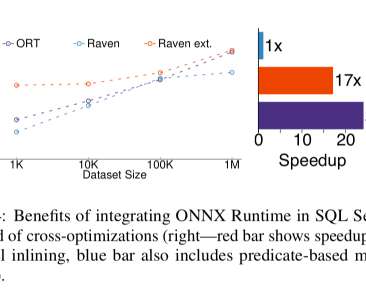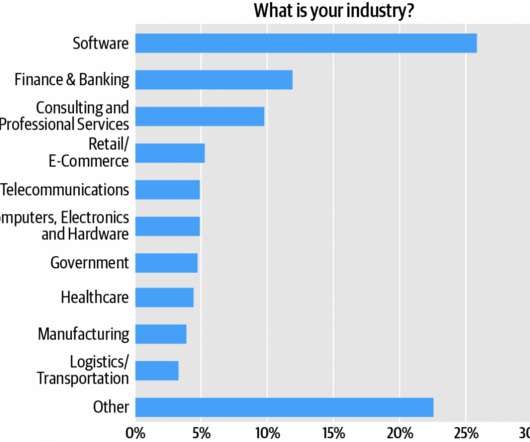Cloudy with a high chance of DBMS: a 10-year prediction for enterprise-grade ML
The Morning Paper
FEBRUARY 18, 2020
Many of the software engineering discipline and controls need to be brought over into an ML context. The following chart breaks down features in three main areas: training and auditing, serving and deployment, and data management, across six systems. But model inference migrating into the DBMS is a bolder prediction.












Let's personalize your content